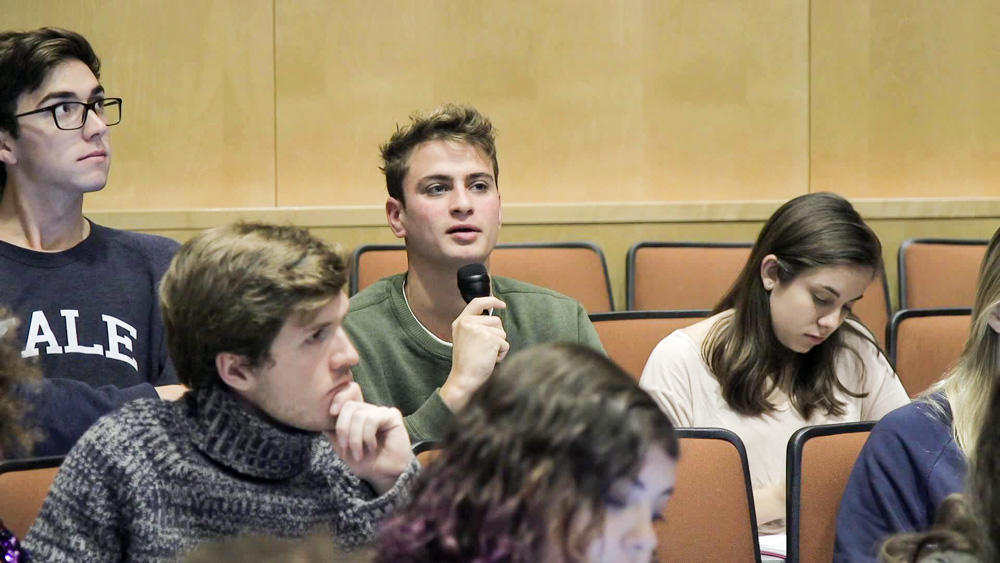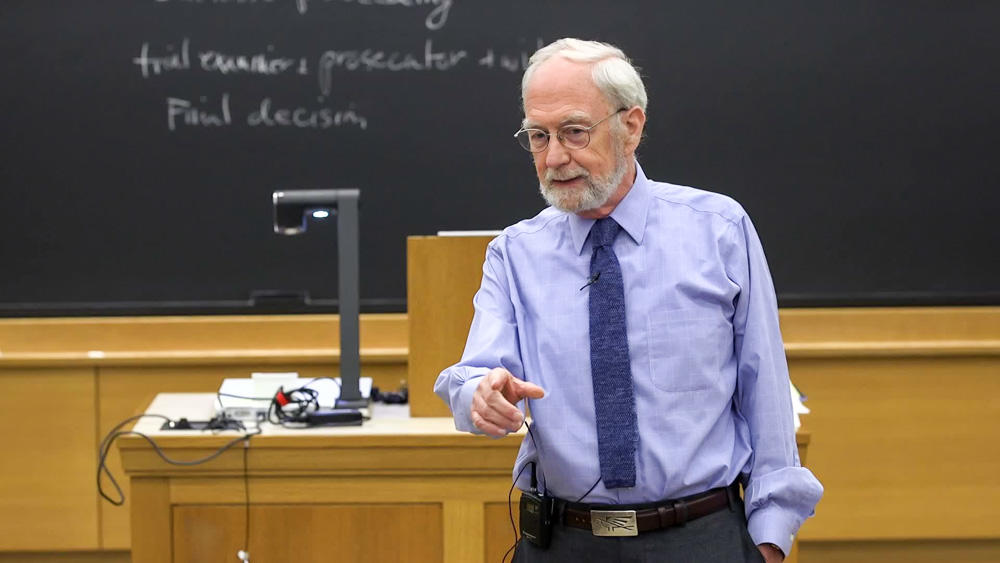Students often pay close attention to how instructors receive wrong answers. Students who feel shut down by a professor after taking an intellectual risk may think twice before they raise their hands next time. Instructors sensitive to this possibility nurture curiosity by acknowledging the difficulty of a text, inviting students to share initial understandings, providing clear feedback, and normalizing the process of being incorrect as a crucial step on the journey toward understanding. In this video, Jane Mansbridge describes how she channels candor and curiosity to create a classroom community where confusion is not evaded and risks are taken.
Encouraging a willingness to get it wrong
Instructor
Jane Mansbridge, Charles F. Adams Professor of Political Leadership and Democratic Value
Student Group
Graduate
School
Harvard Kennedy School of Government
Course
Democratic Theory
Group Size
~30 students
- Instead of giving false affirmation to incorrect answers, gently point out when student interpretations might be wrong. Some instructors hesitate about correcting students for fear of offending them, but warm corrections can also clarify new learning.
- Welcome wondering and curiosity. Cultivate an environment where students feel comfortable presenting ideas that are not fully fleshed out.
- Make it O.K. for students to be wrong. When a student shares an incorrect answer, express interest in the thinking that led them to that answer and gently clarify misconceptions as opposed to immediately dismissing an incorrect idea or granting it empty praise.
- According to Posner’s theory of conceptual change, teaching for understanding requires that students consider new information in the context of old information and it is this process of resolution between new and old information that leads to conceptual change (1982)
- Using the theory of conceptual change in biology education, Tanner and Allen argue that wrong answers can help instructors teach “right” answers. Framing wrong answers for students as starting points toward better understanding could help normalize making mistakes (2005).
- To help students understand the value of desirable difficulties, Dye and Stanton recommend instructors openly discuss the benefits of taking challenging but beneficial, intellectual risks (2017)
- The University of Michigan Center for Research on Learning and Teaching provides advice on “Handling Wrong Answers” and leading students to better ones
- A post from Faculty Focus provides further ideas about how to respond to an incorrect answers in class
- A second post from Faculty Focus describes why it can be difficult for instructors to create a culture of that encourages risk taking




